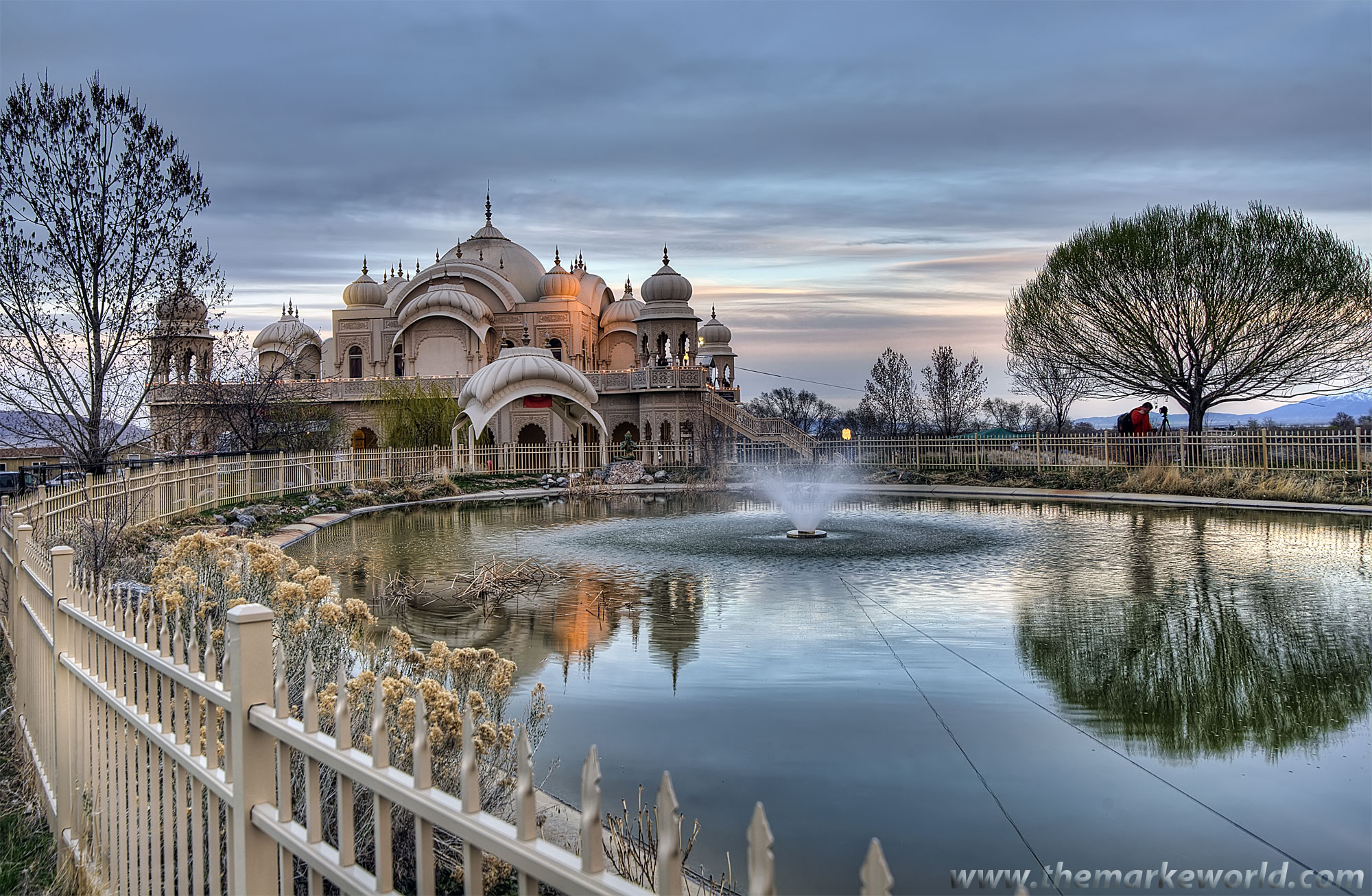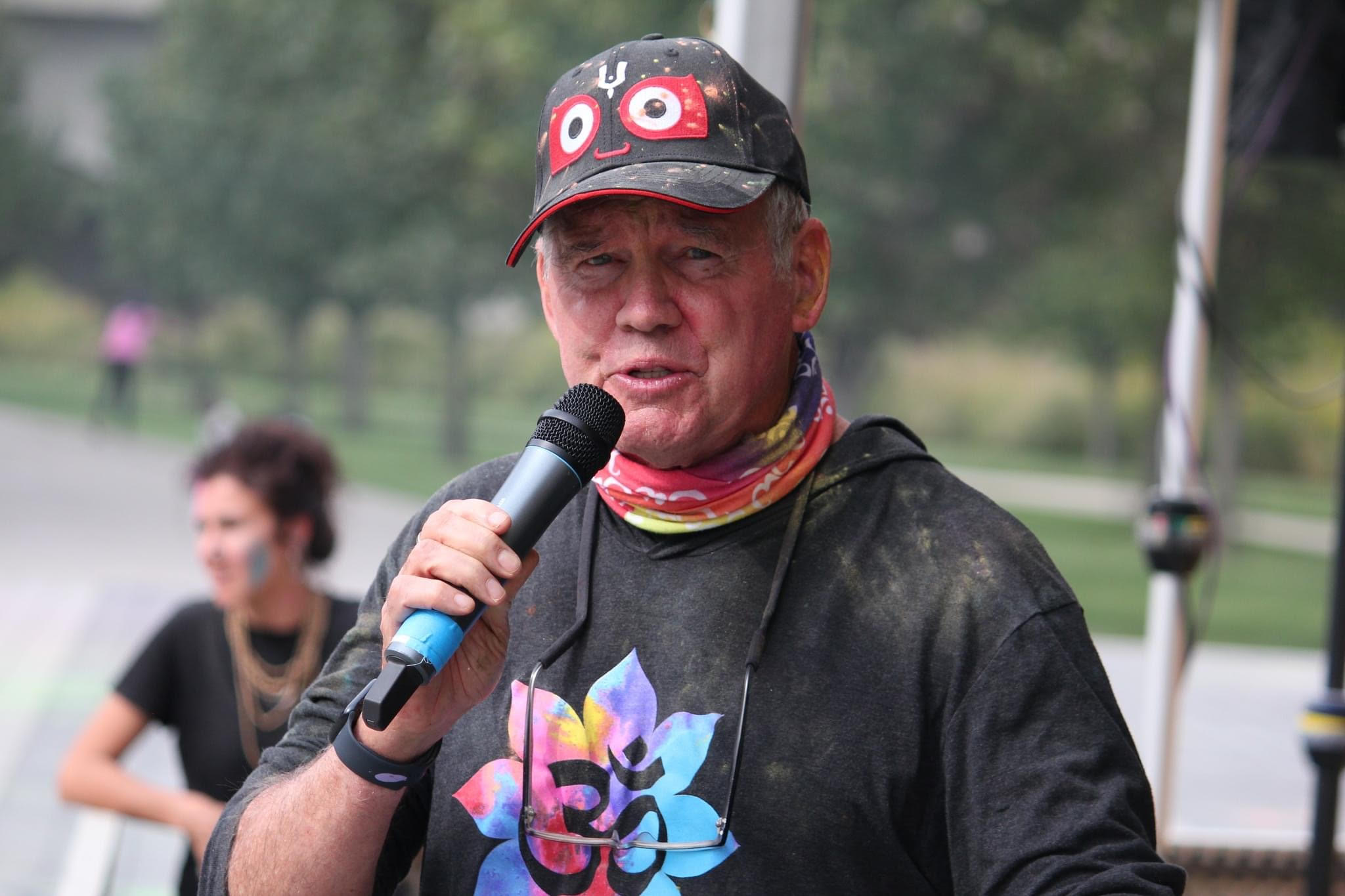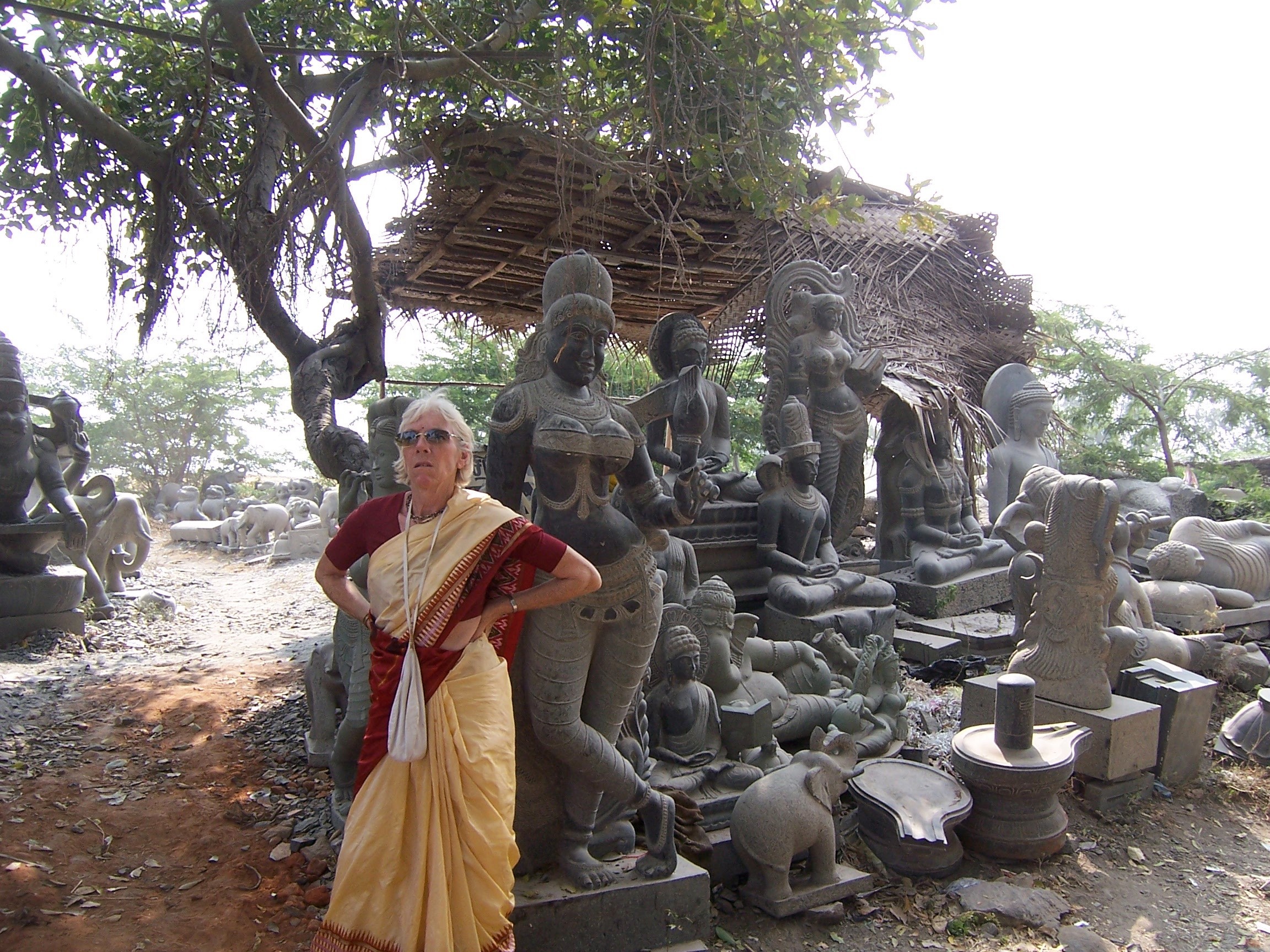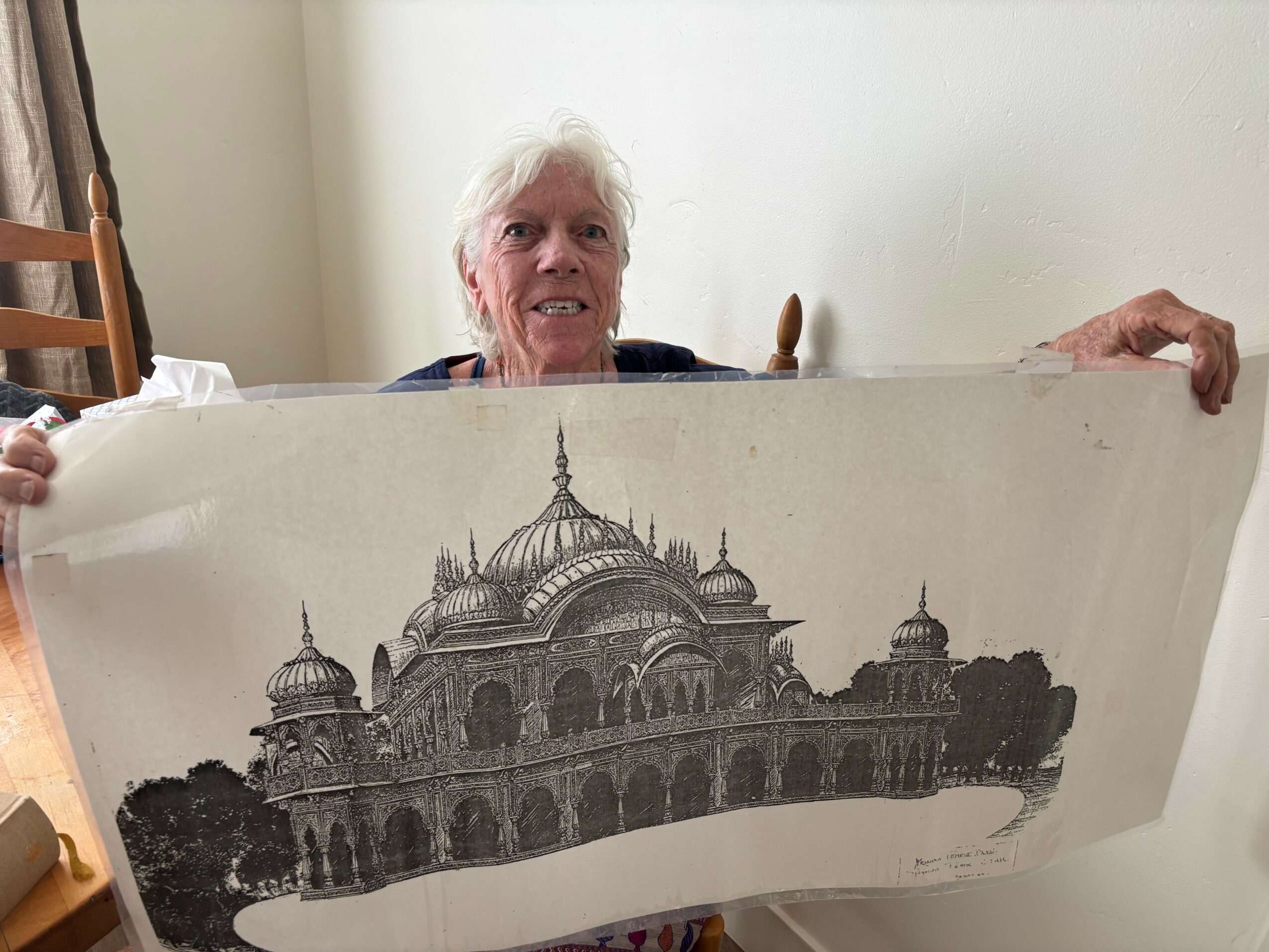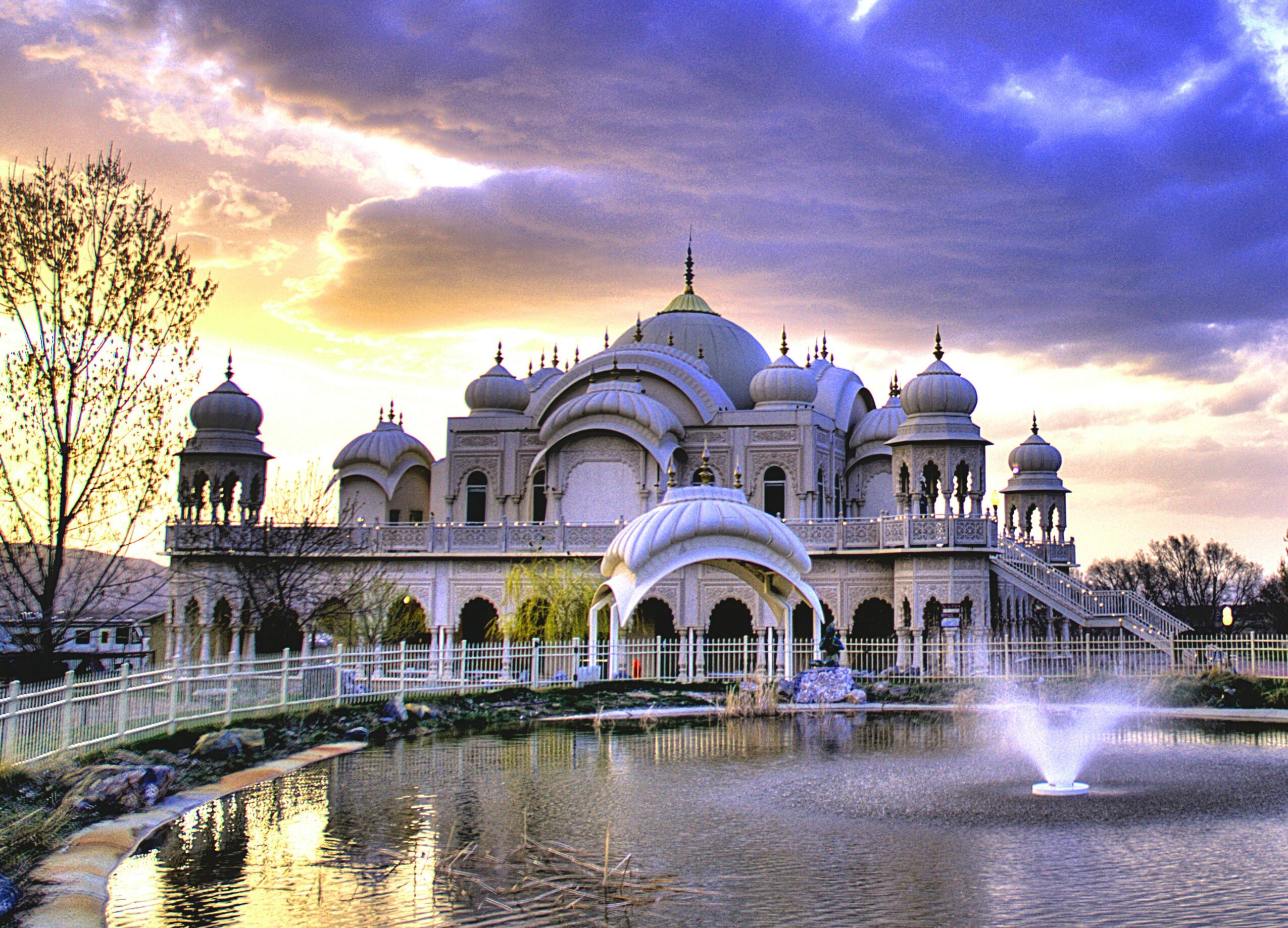

Today we’d like to introduce you to Caru Das.
Hi Caru, please kick things off for us with an introduction to yourself and your story.
Their Journey to Devotional Service
Initial Spiritual Search: Vaibhavi Devi Dasi grew up in England and, after graduating from university, began traveling the world searching for something greater than herself. Her husband, Charu Das, was also on a similar quest.
Discovery of Krishna Consciousness: They met while traveling and later discovered the Hare Krishna movement (ISKCON) in Australia. They became disciples of A.C. Bhaktivedanta Swami Prabhupāda, were initiated, and took on the work of spreading Krishna Consciousness. Vaibhavi Devi was noted for her architectural and artistic talent and Charu Das for his media and administrative skills.
Why They Came to Utah
The move to Utah, specifically the rural setting of Spanish Fork, was an unexpected development rooted in an impression Charu Das had made years earlier:
Positive Impression in 1975: Charu Das first visited Utah in 1975 to sell books for ISKCON at Brigham Young University (BYU). He was left with a positive impression, noting a spiritual atmosphere that suggested the area was “pious.”
The Radio Station: The immediate motivation to move to Utah was a business opportunity. In 1983, Charu Das left Los Angeles and moved to Spanish Fork after raising funds to buy a small AM radio station and the surrounding land. His dream at the time was to broadcast Krishna philosophy and devotionals—the “Sounds of Transcendence”—on the radio waves.
The Land and Temple: Initially, they did not plan to build a temple. They held Sunday services in a small log building and even ran a llama farm to support themselves. However, Vaibhavi Devi Dasi, an artist and architect, floated the idea of building a proper temple in the early 1990s. The land for the temple became available after they paid off the mortgage on the original five-acre radio station parcel.
The desire was not only to create a sanctuary for their own community but to introduce the culture of Bhakti-yoga and Vedic knowledge to the wider public in Utah. The temple construction, which began in 1998 and was completed in 2001, was an effort supported by many, including members of the local LDS (Mormon) community, showcasing a remarkable spirit of interfaith cooperation.
Utah’s own Krishna Temple flourishes and expands (You Tube) is relevant because it features an interview with Vai (Vaibhavi Devi Dasi), one of the temple’s founders, discussing the history and expansion of the Krishna Temple in Utah.
We all face challenges, but looking back would you describe it as a relatively smooth road?
The road for Caru Das and Vaibhavi Devi Dasi in establishing the Hare Krishna presence in Utah has had both smooth and rough place.
Smooth Places and Successes
Positive Acceptance in the Community: Despite being in a majority culture, the couple found a surprisingly positive atmosphere. Charu Das’s initial impression of the area as “pious” when he visited in 1975 was encouraging.
Interfaith Support for the Temple: The most notable smooth aspect was the level of support they received from the local community, specifically members of The Church of Jesus Christ of Latter-day Saints (LDS).
LDS members spent hundreds of volunteer hours helping with unskilled labor on the Sri Sri Radha Krishna Temple construction.
A foundation associated with the LDS Church even helped fund and build the main dome of the temple.
This cooperation helped weaken barriers of suspicion over time, and the Hare Krishnas became, as Charu Das said, “pretty much integral to the community.”
Successful Outreach: Their events and activities, such as the festivals and the llama farm, became popular and attracted thousands of visitors from the area, helping to spread cultural understanding.
Rough Places and Challenges
Financial and Logistical Strain: Building the temple was a massive undertaking. Charu Das noted that initially, it was “all that we could imagine to pay this mortgage off the land and the radio station,” indicating significant financial pressure before the temple construction began. At present, however, finances are adequate and stable.
Recent Suspected Hate Crimes: The most severe rough places have been recent, targeted attacks on the temple property.
The temple came under repeated attack two successive evening in June 2025, with 20 to 30 bullets fired at the building.
The gunfire caused damage to a window in the worship room, two bullets embedded into the temple room’s walls, and and others bounced off the elaborate decorative work on the building’s exterior.
Thanks for sharing that. So, maybe next you can tell us a bit more about your work?
Vaibhavi Devi Dasi is the designer of the Spanish Fork Temple, channeling her fine arts background and spiritual inspiration into the project.
Architectural Inspiration: The temple’s architecture is unique in the US, modeled after a famous devotional palace in India called Kusum Sarovar (“temple on a lake of flowers”). She brought the Rajasthani style of Northern India to the Utah landscape.
Design and Construction: She supervised the project and utilized her creativity throughout the process. She designed the elaborate arches and columns, which are reminiscent of lotus petals, and hired specialized professionals for certain elements, such as an aerospace professional for the smaller dome designs.
Interior Decoration: Vaibhavi, as an artist, undertook the task of the temple’s intricate interior work. She spent six months on scaffolding decorating the vaulted ceiling inside the main sanctuary, where she painted dancing demigods and lotus flower motifs. She also masterfully crafted foam to look like marble, adding to the grandeur of the space.
Caru’s Communications Skills as an Outlet
Charu Das utilized his talent for media and public relations to establish the Hare Krishna presence in Utah, transitioning from an initial focus on media to widespread public engagement.
Radio Station (KHQN 1480 AM)
Initial Purpose: Charu Das was initially drawn to Utah by the opportunity to buy an AM radio station, fulfilling his dream of broadcasting Krishna radio. The station, known as “Sounds of Transcendence,” was his original platform.
Content and Innovation: He uses the radio station to broadcast Indian devotional music, Indian sagas (like the stories of Rāma and Kṛṣṇa), and lectures on the Bhagavad-gītā. He continues to use the radio station for outreach, even experimenting with AI-generated music for projects like country-western jingles for the vegetarian buffet.
Festivals, Tours, and Public Speaking
Master of Ceremonies and Rapper: Charu Das has a highly public role as the master of ceremonies for the temple’s major annual events, such as the Festival of Colors (Holi), which draws thousands of attendees. He also uses a modern medium—rap music—to communicate spiritual philosophy, creating three-minute rap versions of profound verses from the Bhagavad-gītā to connect with a wider audience.
Educational Outreach: The temple serves as a cultural center that actively promotes understanding. Charu Das facilitates this through:
Temple Tours: The temple receives about 4,000 students from area schools each year for tours, allowing them to learn about the culture and philosophy.
Interfaith Engagement: He is frequently called upon to speak at interfaith gatherings and serves as a priest for various community functions.
This video shows a segment about Charu Das and Vaibhavi Devi Dasi and the temple they built in Utah: Utah’s own Krishna Temple flourishes and expands.
Where do you see things going in the next 5-10 years?
Vision for the Future
Global Outreach and Technology
Increasing the Radio Station’s Reach: Charu Das has a long-term strategy to expand the temple’s influence and accessibility beyond Spanish Fork to reach worldwide congregational members. He uses technology, including Skype, Twitter, and other web communication tools, to achieve this. The radio station, KHQN (1480 AM), is already a popular web radio station, attracting an international audience and broadcasting 24/7.
Constructing Guest Facilities: The Spanish Fork property already has a 6,000 sq foot residential facility with comfortable double rooms. While set up mainly for singles and couples, the vision is clearly to enhance the temple’s capacity to serve as a destination for spiritual retreats, welcoming weekend visitors and volunteers who will “call the Utah Krishna temple home.”
Local Community and Cultural Engagement
Growing Local Community: Under their leadership, the temple is steadily building a spiritual community of sincere and committed members from the local area. This includes a dedicated, small group of full-time devotees and local volunteers who assist in maintenance.
Govinda’s Vegetarian Buffet: The temple already operates a prasādam buffet (Govinda’s Buffet), which is open daily from 11 am to 6 pm, offering a popular vegetarian taste of India. The goal is to continue increasing the diners at this buffet, which serves eight hot entrees and a salad bar.
Continuing the Festival of Colors: The temple plans to continue hosting the Festival of Colors (Holi), which takes place the last weekend of March. This event is recognized as a major cultural magnet and is the biggest such gathering in North America, drawing thousands of guests annually.
The YouTube Video,, “God By My Side” Sunday Talk by Caru Das, Spanish Fork, Utah, is relevant as it showcases Charu Das’s ongoing use of his communications skills to provide spiritual discourse at the temple, a key part of their outreach.
Pricing:
- Buffet
- $ 12 Adults $ 6 Kids
Contact Info:
- Website: https://www.utahkrishnas.com
- Facebook: https://www.facebook.com/caru.utah
- Youtube: https://www.youtube.com/@utahkrishnas
- Other: https://www.festivalofcolorsusa.com
